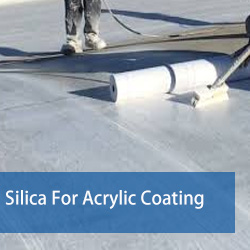Ito Power Technology Exchange: The Excessive Viscosity of Cummins Generator Sets
The oil viscosity is an important factor affecting the performance and life of the Cummins generator set. If the oil viscosity is too high, the engine friction resistance of the generator set increases, and at the same time, the pumping performance of the oil is poor, and the local lubrication cannot be affected, which will affect the service life of the generator set . The following is a brief introduction to the hazards of excessive oil viscosity of the Cummins generator set.
How to judge Cummins generator oil viscosity is too large? It can be detected by observing the oil pressure gauge. When the oil viscosity is high, the pressure gauge shows that the oil pressure is too high and exceeds the specified value.
The size of the oil viscosity determines the internal friction resistance when the oil flows. The viscosity of the engine oil is related to the temperature of the engine. When the engine temperature is low, the engine oil has a large viscosity. On the contrary, when the engine temperature is high, the engine oil has a low viscosity. When the oil viscosity is large, the fluidity is poor but the sealability is good and the leakage is small. If the oil viscosity exceeds the specified value, the flow resistance of the oil in the lubrication system increases, and the pressure increases. It can be seen that, when the engine temperature is low or the viscosity of the engine oil is high, for example, some users choose the oil with high viscosity in the summer due to improper selection of the oil number, and the pressure of the oil will increase. At this time, start the Cummins generator set. Will damage its life.
It is worth noting that improper adjustment of the pressure limiting valve, plugging of the filter, and excessive clearance of the pressure lubricated area may also be the cause of high pressure. At this time, the operator needs to be checked one by one for timely maintenance or replacement of parts. Ensure that the diesel generator sets can operate normally.
Matting Agent For Acrylic Coating
Silica is often used as a Matting Agent in acrylic coatings due to its ability to scatter light and provide a non-glossy, dull finish. This results in a more subtle, less reflective surface.
The silica can be in the form of colloidal silica or Fumed Silica. Colloidal silica is typically a fine, stable dispersion of silica particles in water or an organic solvent. Fumed silica, on the other hand, is produced by the high-temperature reaction of silane or siloxane vapors with oxygen, resulting in ultrafine, spherical particles.
When used in acrylic coatings, these silica particles are dispersed throughout the coating film. As light hits the surface, it is scattered in multiple directions due to the irregular shape and size of the silica particles. This scattering effect diminishes the intensity of reflected light, leading to a matte appearance.
In addition to providing a matting effect, silica can also enhance the physical properties of the coating, such as improving the film's hardness, adhesion, and abrasion resistance. It may also help to stabilize the formulation and improve the flow and leveling properties of the coating.
It's important to note that the amount and type of silica used can significantly affect the final appearance and performance of the coating. The particle size, surface area, and dispersibility of the silica will all play a role in determining the desired level of matting and the overall characteristics of the finished product.

Matting Agent 7631-86-9,Silica Matting Agent,7631-86-9 Coating Agent,Nano Size Silica
Guangzhou Quanxu Technology Co Ltd , https://www.anticorrosionpigment.com
